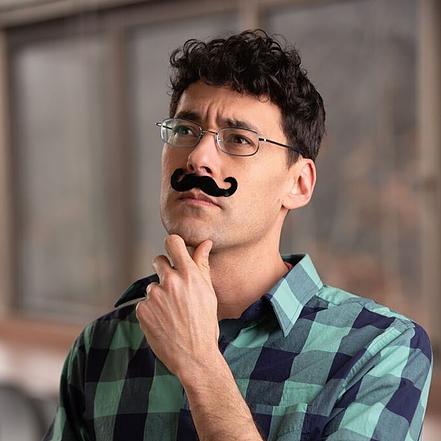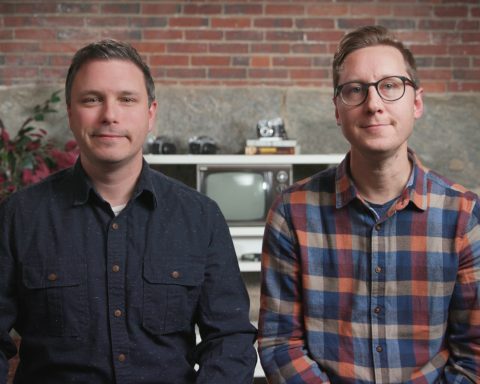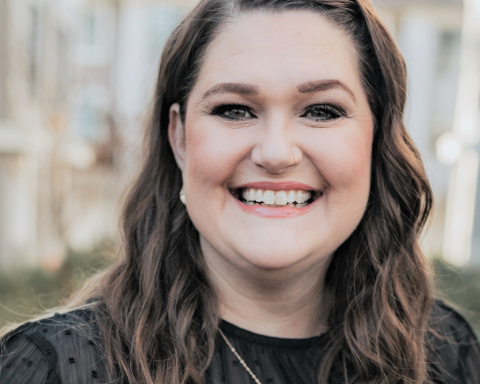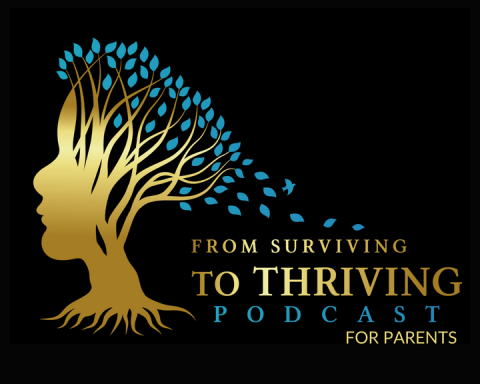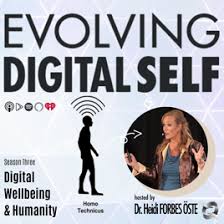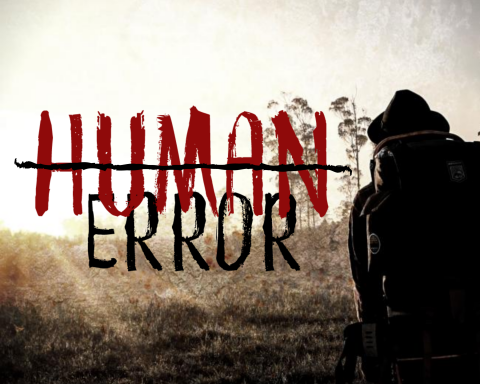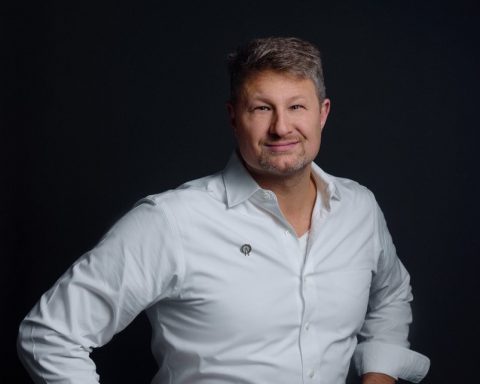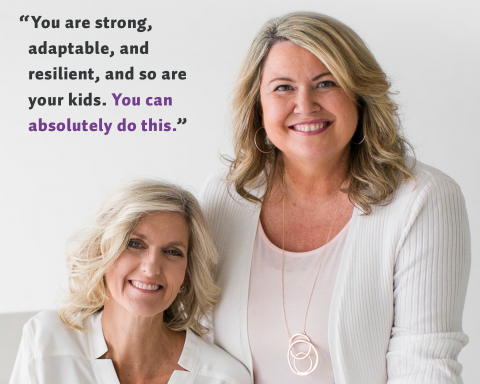Have you ever heard a piece of music that sends shivers down your spine?
The effect audio has on people’s emotions is a crucial component of The Imagine Neighborhood podcast. The show is based on the award-winning social-emotional learning (SEL) curriculum, Second Step, which was created by the Committee for Children.
Scotty Iseri, an award-winning producer and narrative designer, is the creator and host of this entertaining yet highly educational show.
Scotty used to be a sound designer and has worked in theater and radio. He pitched a longstanding idea to his boss at Committee for Children, and the rest is history. The Imagine Neighborhood found a home.
“At the time, we had a mobile app for parents. Within it, I thought we could explore how sound and emotion interact by aligning stories with the research on social-emotional learning and how it supports kids’ development. The idea took off with a life of its own.
“I think audio is an intimate medium that lets you use your imagination in fascinating ways. During my stint in radio, it was intriguing to find that a sound or a description of a scene could spark the imagination of listeners.
“On the show, we have wild and crazy fantastical characters that encourage kids to build empathy while talking about the big feelings we all have.
“Much of the work we do starts with imagination. Someone might say, ‘Imagine how it would feel if you XYZ. Imagine how someone else might feel if you did this.’”
The creativity the show ignites is evident in the drawings kids send for their complementary Instagram page.
“We’ve realized that kids envision the characters in many different ways. It’s a great way to stretch their imagination muscles and build some social and emotional skills.”
The Imagine Neighborhood concept is built around a sense of community.
Scotty agrees with the adage, “It takes a village to raise a child”:
“During the COVID pandemic, we noticed that kids were finding their own villages, or neighborhoods, in online games and Zoom.
“I’m a single dad. I know that our neighborhood is not just my eight-year-old son’s school or our neighbors. It’s also the donut shop we go to every Friday and the people at the park he’s seen multiple times. I love the notion that there is a community of people that kids come across, and I enjoy exploring how that affects the way they grow and learn.
“The world is not built for kids. There are streets you have to cross and counter heights made for grownups. I think it is fascinating to watch kids bend that world to their own devices. They have a fantastic way of taking a world that was not made for them and making it their own.
“As I watch my son grow up, I recall fond memories like the two half-buried tractor tires at my school that, for us, became skateboards and horses, rocket ships and racecars. On the show, we try to reflect the things kids imagine. I personally love the fact that kids tell their own story and create their own world.”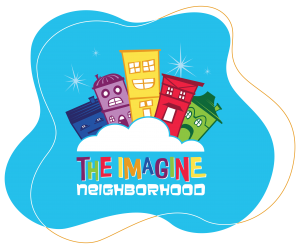
The show’s team isn’t writing scripts in a vacuum, though. They’ve been very responsive to what’s happening in the world.
“We’ve all been going through a massive trauma over the past year. It made sense to talk about it through our lens, so in some episodes, we refer to a ‘pixie pandemic.’ There are pixies all over the neighborhood, so we have to stay inside. They could get into your nose and mouth, so you have to wear a mask.
“After the George Floyd murder, for example, we wanted to start focusing the show on issues of diversity, equity, race, and identity. We found partners with expertise in that area at the University of Pittsburgh and among our own researchers, and in February, we launched a six-episode series called Imagine Equity in collaboration with the Allstate Foundation. We’ve gotten some great feedback on it, so we’re going to continue with that focus.”
Scotty has a keen interest in the ways people learn what they don’t have to.
“A librarian came up with a term for what we do through the show’s silly stories—‘stealth social-emotional learning.’
“A great example is that last December, we made up a holiday called Cardboard Boxing Day. What do you do with the cardboard boxes from gifts? Make anything, even a rocket ship or a time machine!”
That episode was inspired in part by a family who wrote a letter to say that they celebrate Hanukkah and would love to hear about it on the show, if possible.
“We decided to talk about all the different holidays celebrated in the neighborhood: Christmas, Yalda night, Hanukkah… and we showed how we can all come together around a cardboard box for the holidays.”
This December is going to be significant for the show—the team will be launching an activity book for parents and children to use together.
“We want kids to make it their own. They can draw their own versions of the neighborhood, or they can rip it apart… whatever they choose.
“We’re going to donate copies to organizations that deliver books to kids in different areas. When you have a valuable digital product like our podcast, there are always questions around how to give everybody access. The book will help us support kids and families with the same kind of content that we created for the show.”
Something exciting is always happening in The Imagine Neighborhood. The character Count Vacula now has a segment all his own—a talk show called No Filter. The goal is to generate curiosity about the world while helping adults to adopt the playful mindset of a child. Guest suggestions for this segment are welcome.
Count Vacula’s final question usually is, “How were you kind today?”
Think about that as you spend time in The Imagine Neighborhood.
October 2021 Issue


